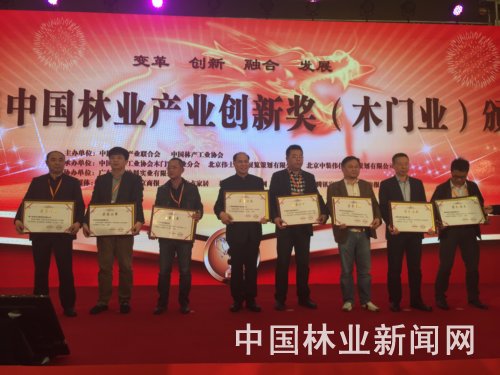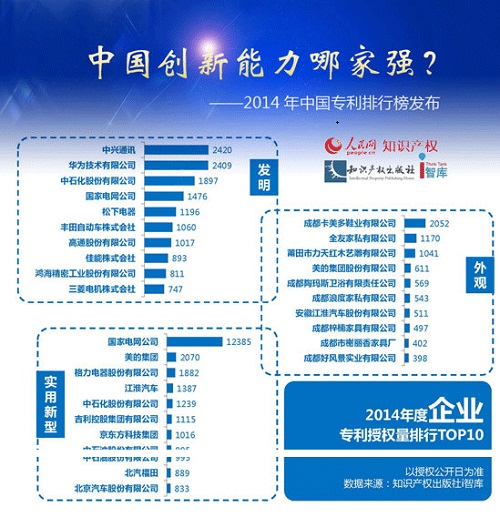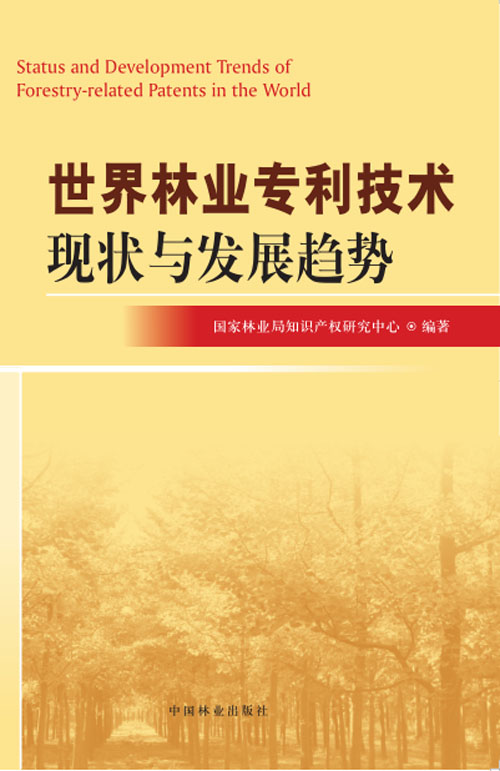
中国与瑞典林业生物质能源产业政策对比分析
编号
lyqk008185


中文标题
中国与瑞典林业生物质能源产业政策对比分析


作者单位
南京林业大学经济管理学院, 南京 210037


期刊名称
世界林业研究


年份
2020


卷号
33


期号
2


栏目编号
2


栏目名称
各国林业


中文摘要
我国林业生物质能源发展潜力巨大,但开发利用尚处于初级阶段,相关政策法规仍需进一步完善。瑞典的林业生物质产业发展走在世界前列,其产业政策及法律体系相对完善。文中在对中国和瑞典2国林业生物质能源及产业发展状况进行总结的基础上,从林业生物质能源产业发展规划类政策、相关法律法规和产业经济扶持类政策3个方面对中、瑞林业生物质能源产业政策进行比较分析;结合我国国情,提出瑞典在发展林业生物质能源方面可借鉴的成功经验,即提高政策手段的关联性与系统性、调整补贴政策、积极实行配额制度以及加大宣传教育力度。


基金项目
国家自然科学基金项目“不同民族林地利用的福利理论和价值计量方法比较研究”(71603118)。


英文标题
Comparative Analysis of Forestry Biomass Energy Industry Policies Between China and Sweden


作者英文名
Zhao Siyu, Geng Limin


单位英文名
College of Economics and Management, Nanjing Forestry University, Nanjing 210037, China


英文摘要
The forestry biomass energy in China is in the initial stage of development and utilization, though its development potential is huge, and the relevant policies and regulations need to be further improved. Sweden leads the world in forestry biomass industry, with relatively sound industrial policy and legal system. On the basis of summarizing the development of forestry biomass energy and its industry in China and Sweden, this paper makes a comparative analysis of policies on forestry biomass energy industry in China and Sweden in terms of forestry biomass energy industry development planning, relevant laws and regulations, and industry support policies. Finally, based on the successful experiences of Sweden, this paper puts forward some suggestions on forestry biomass energy industry development with an eye to the national condition of China, including improved the relevance and systematicalness of policy means, subsidies policy adjustment, the implementation of quota system, and increased education and outreach.


英文关键词
forestry biomass energy;industrial policy;China;Sweden


起始页码
90


截止页码
94


投稿时间
2019-05-09


最后修改时间
2020-02-23


作者简介
赵思语,女,广东惠州人,南京林业大学本科在读,研究方向:林业管理,E-mail:654910216@qq.com。


通讯作者介绍
耿利敏,女,河南安阳人,南京林业大学教师,研究方向:林业经济、林产品贸易,E-mail:75967545@qq.com。


E-mail
耿利敏,75967545@qq.com


分类号
S326.2;S216.2


DOI
10.13348/j.cnki.sjlyyj.2020.0014.y


参考文献
[1] 胡志宇,罗惠,戴钢.瑞典生物技术领域当前的扶持政策与技术方向[J].全球科技经济瞭望,2018,33(3):9-14.
[2] 罗凌.关于中国发展林木生物质能源原料供给的思考[J].山东林业科技,2012,42(6):101-105.
[3] 何蒲明,黎东升.利用边际性土地发展生物能源:基于粮食安全的视角[J].农业经济,2011(6):52-54.
[4] 李近如,王福田.瑞典私有林经营管理实践与启示[J].林业经济,2003(5):52-53.
[5] 朱万斌.瑞典因何成为生物质成型燃料产业先锋[N].中国能源报,2017-04-24(03).
[6] 李永慧,李华晶,王秀峰.中国林业生物质能源产业发展路径研究[J].黑龙江农业科学,2012(6):112-115.
[7] 秦光华,宋玉民,乔玉玲,等.瑞典生物质能源发展及柳树能源林研究[J].吉林林业科技,2018(9):31-33
[8] 夏方.瑞典第一大能源:生物质能发展概况及其启示[J].全球科技经济瞭望,2013,28(8):71-76.
[9] LUNDMARK R,ATHANASSIADIS D,WETTERLUND E.Supply asse-ssment of forest biomass-a bottom-up approach for Sweden[J].Biomass&Bioenergy,2015,75:213-226.
[10] 谢璐琳.我国林业生物质能源产业扶持政策分析[D].北京:北京林业大学,2014.
[11] 秦光华,宋玉民,乔玉玲,等.瑞典柳树能源林技术研究[J].林业科技,2018,43(3):25-29.
[12] 谢军安,黄桂琴,刘硕.瑞典森林法的主要内容及对我国的启示[C]//生态文明与林业法治——2010全国环境资源法学研讨会论文集,2010.
[13] 高云飞,谢屹,周悦.瑞典林业生物质能源产业政策[J].世界林业研究,2014,27(5):81-84.
[14] 姚宗路,崔军,赵立欣,等.瑞典生物质颗粒燃料产业发展现状与经验[J].可再生能源,2010(6):145-150.
[15] 周孜予,马晓伟.日本、美国、瑞典森林法框架及启示[J].世界林业研究,2016,29(5):77-81.
[16] 王志伟,雷廷宙,陈高峰,等.瑞典生物质能发展状况及经验借鉴[J].可再生能源,2019,37(4):488-494.


PDF全文
浏览全文


-
相关记录
更多
- 中国林业遗产类型与地理分布 2023
- 中国林业服务贸易规模核算问题探讨 2023
- 数字经济赋能中国乡村林业发展:理论机制、成效分析及政策启示 2023
- 森林碳汇环境库兹涅茨曲线特征及其影响因素分析 2023
- 民国时期的国有林场建设及其历史价值 2023
- 巩固退耕还林成果:农户意愿与行为研究进展及对策建议 2023
 打印
打印







